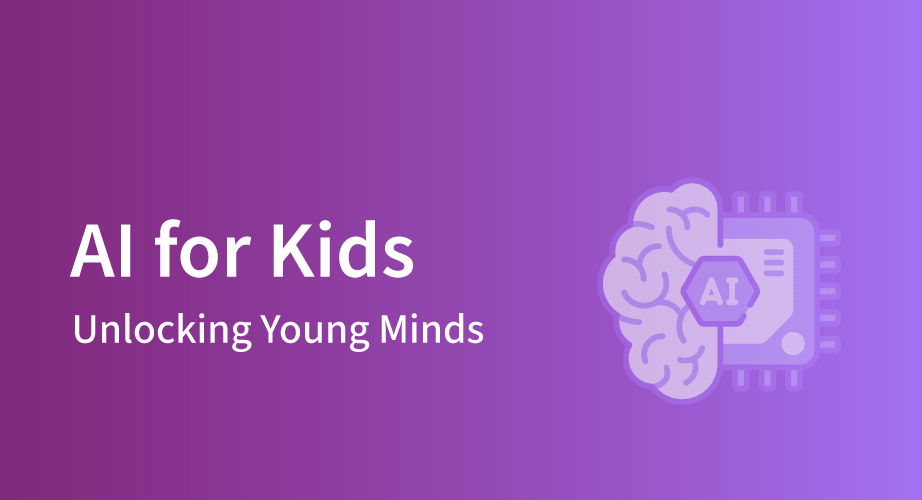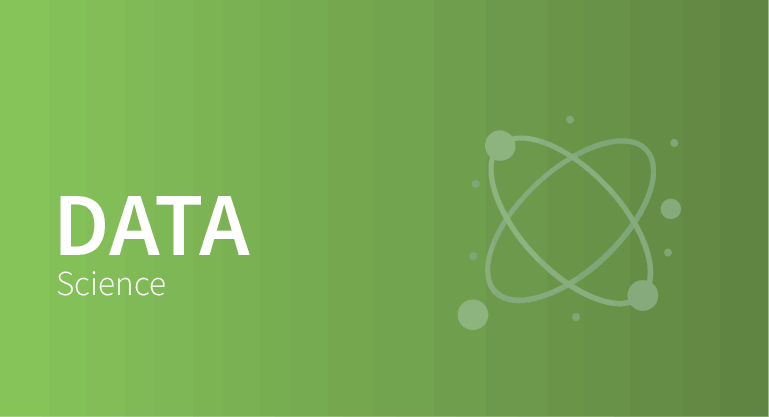| CARVIEW |
Bidirectional RNNs and Training RNN in TensorFlow
Bidirectional RNNs and Training RNN in TensorFlow Quiz
Question 1
In PyTorch, which class is typically used to define a simple RNN layer?
torch.nn.RNN
torch.nn.LSTM
torch.nn.GRU
torch.nn.Conv2d
Question 2
What is the main purpose of using RNNs for time series forecasting?
To predict a single data point at each time step
To predict future values based on historical sequence data
To perform classification tasks on sequential data
To generate random values for training
Question 3
When using an RNN for time series forecasting in PyTorch, what is the output dimension typically for predicting the next time step?
(batch_size, sequence_length)
(batch_size, features)
(batch_size, sequence_length, output_size)
(batch_size, output_size)
Question 4
Which of the following RNN variants is commonly used for improving the performance of vanilla RNNs in time series forecasting tasks?
Simple RNN
LSTM (Long Short-Term Memory)
GRU (Gated Recurrent Unit)
CNN (Convolutional Neural Network)
Question 5
What is the main advantage of using an RNN for time series forecasting over traditional machine learning models?
RNNs can process all the data in parallel
RNNs don’t require labeled data
RNNs can learn the temporal relationships in the data
RNNs require fewer computational resources
Question 6
What is the purpose of using a dense (fully connected) layer after the RNN layer in time series forecasting?
To reduce the dimensionality of the input
To make the final prediction based on the RNN output
To apply an activation function
To store the output sequence
There are 6 questions to complete.





